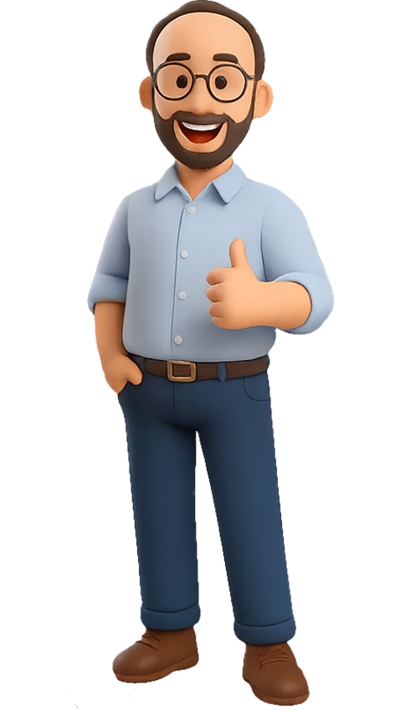There are so many moving parts to web design and development it's pretty much a given that if you're new to the game, you're going to be intimidated. All at once I'm hearing about MySQL databases, PHP queries, Linux operating system, Apache servers, Drupal custom modules, front-end and back-end development, HTML5, CSS3, JavaScript, jQuery, node.js, C, C++, C#, Java, Python, SASS, LESS, Ruby, Rails, Perl, LAMP, MAMP, WAMP and XAMPP stacks, drush,compass, caches, object orientated programming, binary, responsive design, flat design, skeumorphic design, style tiles etc etc etc!!! And if you found that a completely confusing and unstructured way to list those things, well that's just how I felt when I was hearing about all of it. What on Earth should I do? Where should I start?! Rather than panic I decided to do what I've always done when it comes to expansive and intimidating learning. Switch off.
This is seriously my advice. Just. Switch. Off. You'll be amazed at how effective it is to just forget about it all. I find it helps to write all of these terms and channels of learning down on to a piece of paper - a bit like a brainstorm. Briefly Wikipedia each one (a few seconds per item) and work out roughly how they fit / work together and make a few notes. Then choose one item from that piece of paper to dive into, and put that piece of paper to one side and forget about it until later. The item I chose to begin with - which was purely logical - was HTML. I knew a little bit about HTML and I certainly knew that it was how everything on the web is structured (at least visually) and that was what I was interested in.
So I started looking around online for some quick "bring-me-up-to-speed" videos on how to code in HTML and what HTML actually does. I found this video by Jake Wright called Learn HTML in 12 Minutes and I can't recommend this video highly enough. Within 12 minutes I had the fundamentals covered. I then read about a relatively new book called HTML and CSS: Design and Build Websites by Jon Duckett which many claimed was the best way to learn everything you need to know in a short time period. I was sold on the reviews and instantly purchased a copy. Within 12 hours I had HTML down. Seriously. It was that quick and easy. I then referred back to Jake Wright's YouTube channel for his video Learn CSS in 12 Minutes. Once again, within 12 minutes I felt very confident I was going to be able to write CSS successfully. And another 12 hours later I'd whizzed through Jon Duckett's CSS portion of his book and I was buzzing. I'd learned two languages within a few days and I was excited to get going. I wanted to just dive right in but I was aware there was a third element to front-end design - the dreaded JavaScript.
JavaScript was a shock to the system. Understand, this is utterly different to HTML and CSS which are logical and easy to understand. JavaScript really is like learning another language and will take some time to get to grips with. To be honest I am still getting to grips with it! I purchased Jon Duckett's JavaScript and jQuery: Interactive Front-End Web Development and whilst this was equally as well written as his HTML & CSS book, I think only time and experience will ever suffice to make you feel comfortable with this coding language! However, I followed the YouTube tutorial Tetris with HTML5 and JS by Rhuno and this was an incredibly fun way to learn about JavaScript and really makes you consider the possibilities of how coding languages can be used to achieve targets. This also provided a real-world example in which to test my new HTML and CSS skills.
In essence, every time I felt I had enough of a grasp of a particular element of web development I would revisit my scrap of paper and select another angle to investigate and skill up on. Within a couple of weeks I was feeling more confident that I was capable of being a useful web designer and Drupal themer, and happily hopped on to a plane to Amsterdam, with a vodka and coke in hand, ready to begin the next step of my adventure!









